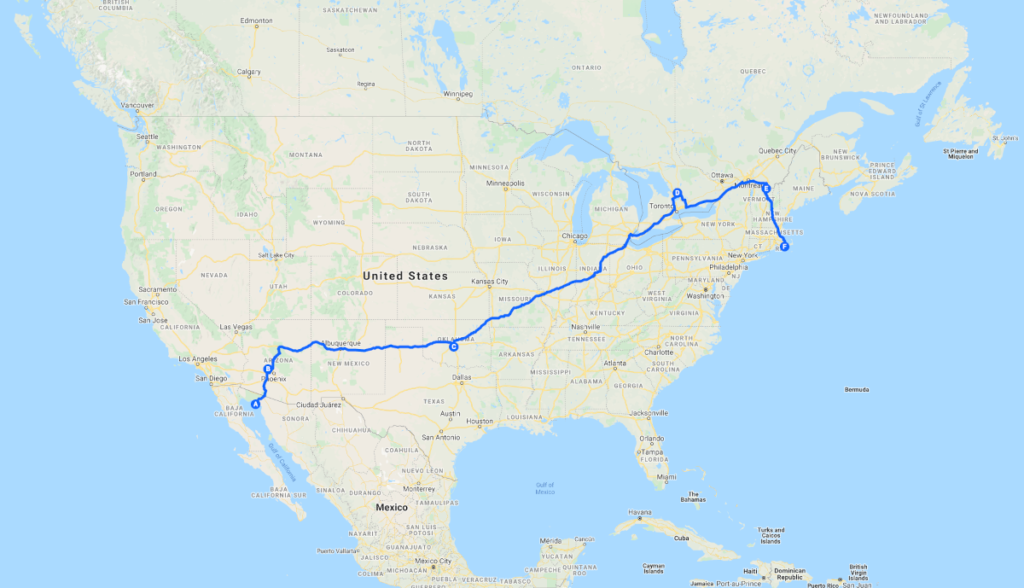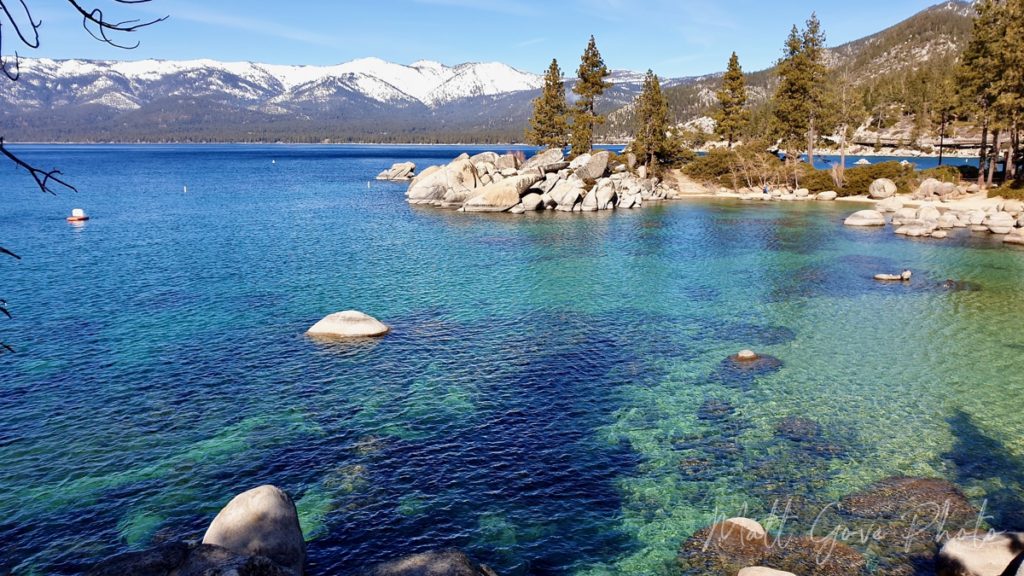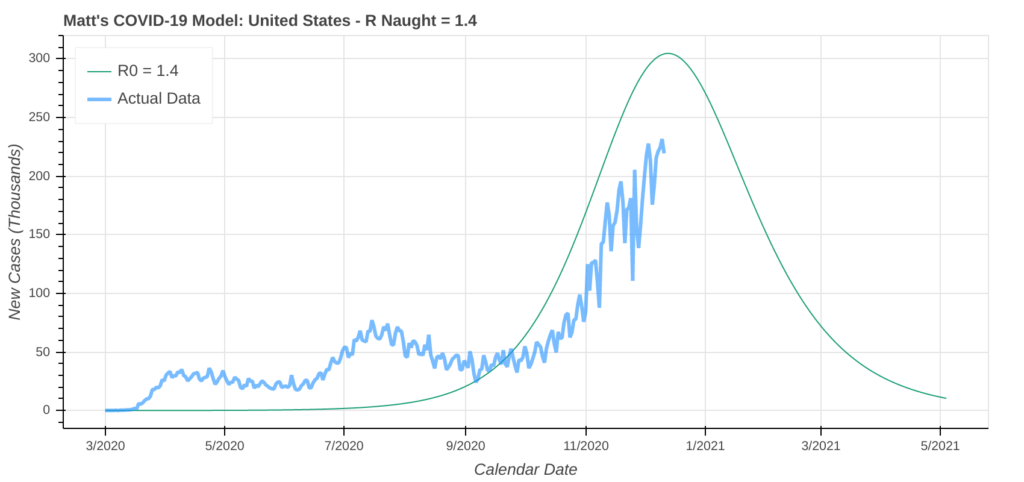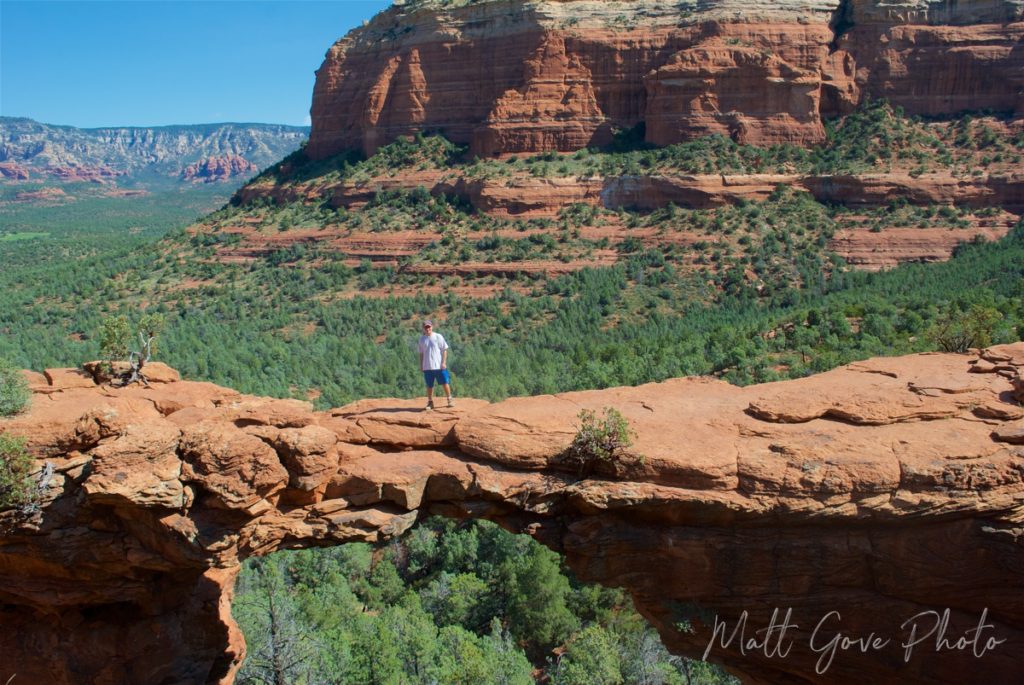It’s no secret that the tourism side of the travel industry is all about one thing. People pay for the experience and the memories. Unfortunately, so many companies in the travel industry are still not giving their clients the best experience they could be. Even on the transportation side of the travel industry, many companies are still wasting money on operations that are not fully optimized. If that sounds familiar, the solution is data science, and in particular, geospatial data science.
Even if you’re just an average Joe planning a trip somewhere, you can use geospatial data science to get the best experience you can. You do not need to have any connections to the travel industry.
1. Plan Everything with Geospatial Analytics
Geospatial analytics are the heart and soul of any location-based data science. You don’t need to have any connection with the travel industry to take advantage of them, either. Heck, you don’t even need to have a business. Have you ever used Google Maps to get directions? What about comparing airline fares to find the best price for your next flight? If so (and I’m guessing you have), you’ve used geospatial analytics to plan your trip.
Regardless of whether you’re transporting critical supplies around the world or just planning your next vacation, your planning accounts for the same three factors.
- Location or Route Optimization
- Cost Optimization
- Time Optimization
Your activities and goals will dictate how much weight each factor gets in your analysis. Here are just a few examples.
| Activity | Strategy |
|---|---|
| Local Deliveries | Find the fastest and cheapest route through pre-set dropoff points |
| Long-Haul Shipping | Find the fastest route and most cost-effective route between your origin and destination. The route should avoid hazards such as weather, traffic, road closures, and civil unrest. |
| Sightseeing Tours | Bring your guests through a series of pre-set highlights based on a set time length of the tour. You can set your prices based on the amenities you provide. Don’t forget to account for weather and traffic. |
| Hotels and Restaurants | Open your business at a location that provides easy access to activities and events your target clientele participate in. |
| Vacation | Establish an optimized route that accomplishes as many experiences as you wish based on a fixed budget and time frame. |

2. Perform a Sentiment Analysis with Social Media
As much as we love to hate social media, take a step back. It truly is a remarkable resource from a data science perspective. Not surprisingly, it’s a treasure trove of information for the travel industry. And that’s without having to get into any debates about privacy.
Why Do We Post So Much Content from our Trips?
Think back to the last time you took a trip. In the shadow of the COVID-19 pandemic, you likely have to go back a ways. Did you post pictures of that trip to social media? Did you blog about your experience or upload material somewhere else on the internet? You probably included data with that content, too.
- Where were you?
- What were you doing?
- Who were you doing it with?
- How was your experience?
More importantly, why did you publish that material in the first place? Aside from the business reasons, I do it because it gives me a platform to tell a story, recommend activities I enjoyed to others, and relive fond memories. Those memories became even more precious following the COVID-19 lockdowns.

What Can Businesses in the Travel Industry do with this Data?
Businesses in the travel industry are very interested in what people are posting on social media when they travel. Put yourself in a business owner’s shoes. Now look at the four questions in the previous section. How would you use that data to improve your business?
Know exactly what your clients want and offer finely tuned experiences that are specifically tailored to each client. Being able to offer each customer a truly personalized experience creates a positive feedback loop. When they have an exceptional time, they’re more likely to return and recommend you to their friends and family. New customers drive more revenue to your business. When they have a great experience, they bring in even more customers. It has the potential to snowball quickly.
Create a better community. Easily spread reviews of businesses, locations, attractions, events, and more. In an inclusive community, everybody wins. There is no better way to build a great community that than recommending that your clients patronize other businesses in your community who aren’t direct competitors.
If you run a museum, wouldn’t you want to know that there is a really incredible restaurant next door? Why not partner together and offer a package deal or some other incentive for customers to patronize both businesses? Everyone wins in that scenario.

This doesn’t even begin to scratch the surface of the what the travel industry can do with this data. However, I could easily write an entire post just on that alone.
3. Fine Tune Your Business Operations in Real Time
Geospatial data science offers incredible insights into real-time information, especially in the travel industry. Because of the modern design of networks in the travel industry, one minor hiccup can easily cause significant disruptions rippling through your company. The airline industry is particularly vulnerable to this risk.
I once sat next to a couple on a plane whose connecting flight from Phoenix to Los Angeles was canceled because of a snow storm…in Chicago. And who can forget when a middle-of-the-night power outage in Atlanta led to Delta Airlines grounding over 2,000 flights around the world over the course of three days? Delta is far from the only airline to be crippled by computer glitches.
Reduce Risk and Protect Against Losses
If there’s one thing we can learn from the airlines’ mishaps, it’s the importance of monitoring your operations in real time. The airlines are some of the best in the business at optimizing and monitoring routes in real time. Those same glitches could easily impact bus or train networks, shipping routes, and delivery operations.
Do you need more motivation to monitor your operations in real time? With a proper analysis, precisely identify the exact risks that post the greatest risk to your business. With this information, you can reduce your insurance bill and establish policies to protect your assets against loss.
Laser-Focus Your Marketing
Real-time analysis is critically important in the tourism industry. Even without social media, you’ll be able to identify both long and short-term opportunities for deals that you can offer to very specific groups of customers. Look for patterns in past customer data, and you’ll be able to anticipate their needs and serve them better.
4. Anticipate Future Trends
Mathematical models are one of the smartest and most lucrative investments in which a company can make. When you run past client data through a mathematical model, your predictive analysis will yield significant benefits.
- Identify periods of peak demand and charge higher rates during those times.
- Offer special discounts to bring in a shot of revenue when things get slow
- Precisely plan sales and promotions to maximize your profits and accomplish other goals. There is a reason Black Friday occurs when it does.
A quick side note. If you’re looking to do a predictive analysis and don’t know where to start, we are experts in mathematical modeling and would love to help you get started.

5. Offer Your Clients a Completely Personalized Experience
Offering personalized products, services, and experiences is one of the best way to set yourself apart from your competition. Most importantly, it drives customer loyalty and shows your clients that you care about them. Take the time to establish relationships with your customers. By doing so, you’ll only be able to personalize their experience more. This strategy is particularly effective in the hospitality sector, which includes the tourism side of the travel industry.
So how does data science come into all of this for the travel industry? Look no further than your own customer database. You should at a bare minimum be able to see your customers’ names, what they’ve purchased, and where they’ve purchased them. From just that data alone, the potential to personalize their experience is enormous.
- Get to know your customers by name. This can be exceptionally powerful when you can greet them by name when they enter your establishment.
- Identify your most loyal customers. Reward them with exclusive deals you don’t offer your general customer base.
- Offer customers personalized deals based on items they frequently purchase or stores they most often shop at.
- Do any of your customers own businesses? If so, consider doing business with them.
- Educate your customers with free classes and demonstrations
The more data you collect from your customers, the more personalized experience you can offer them. There’s no need to be creepy about data collection either. Ask a few questions from time to time. Give away free items of value in exchange for this data. Most importantly, let your clients maintain their own data, and be transparent about how you use the data that they give you.

6. Optimize Your Operations Through Machine Learning
If you’re unfamiliar with machine learning, it’s most commonly defined as “the field of study that gives computers the capability to learn without being explicitly programmed”. It allows computers to learn what its users interests and activities are and make decisions with little to no intervention from humans. Machine learning powers everything from self driving cars to Netflix recommendations to keeping food from spoiling.
Machine learning through data science carries an enormous potential not just in the travel industry, but across all markets and sectors.
- Decision support for business operations
- Identify and eliminate bottlenecks in your business
- Recommend products and/or services to your customers
- Identify when relationships with customers or vendors begin to sour
- Increase security, and detect fraud quicker and easier
- Conduct better market research
- Use dynamic pricing tactics to maximize your revenue
- Analyze your finances to ensure you’re getting the best bang for every buck you spend
- Identify patterns hidden in your company data. Use that data to reduce risks and eliminate unnecessary expenses that come with unexpected failures.
Again, this doesn’t even begin to scratch the surface of the potential that machine learning can bring to your organization. I hope it can at least give you somewhere to start.
Conclusion
Even though so many companies have realized the importance of data science in their operations, there is still so much untapped potential out there. Data science gives the travel industry a particularly high potential. Seizing that potential lets businesses maximize the value they can offer their customers.
In return, customers are much more likely to recommend your business to their friends and family, which further boosts your revenue. Word-of-mouth marketing is the most powerful form of marketing, and it’s completely free. It doesn’t get much better than that. By integrating geospatial data science into the travel industry, we can make it a more inclusive and a better place for everyone who wants to participate in it.
Top Photo: Rafting the Colorado River
Grand Canyon National Park, Arizona – June, 2015